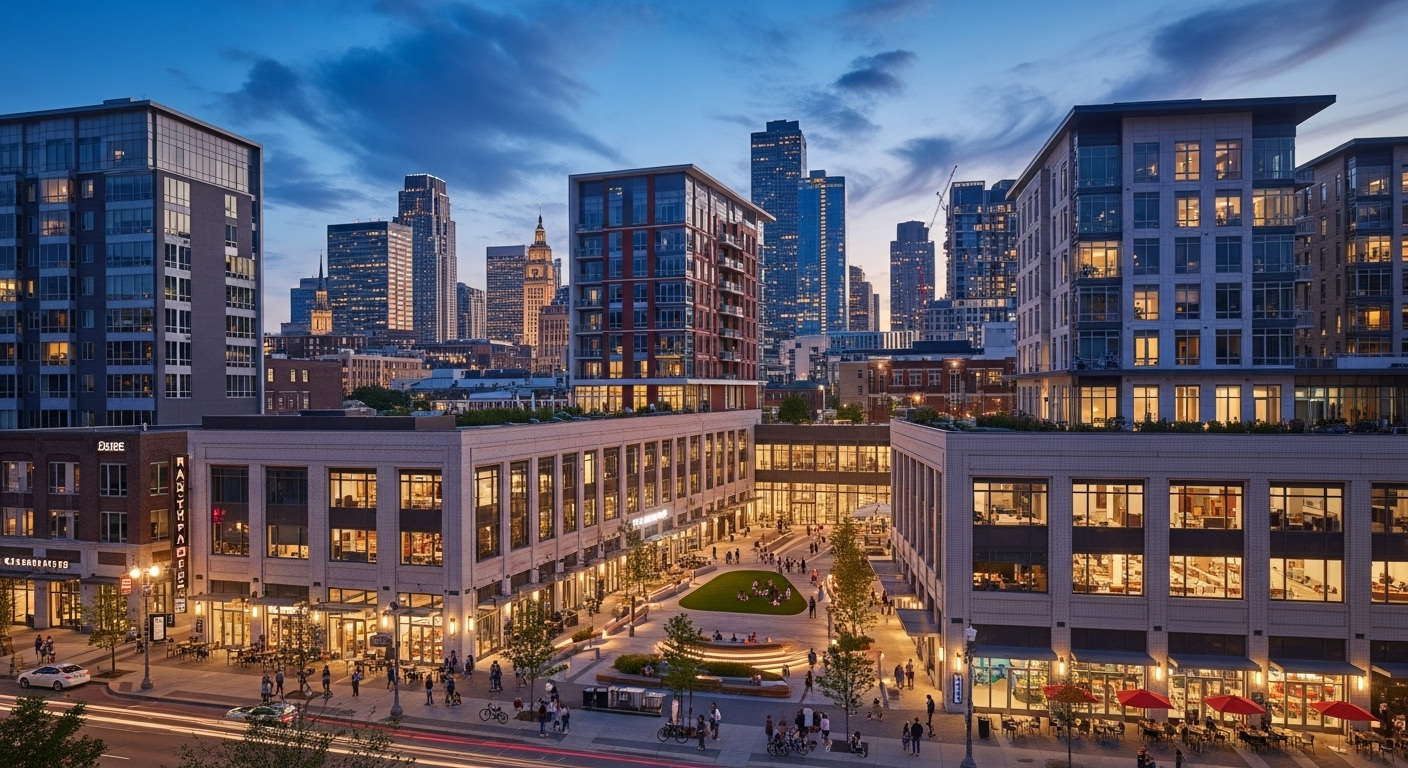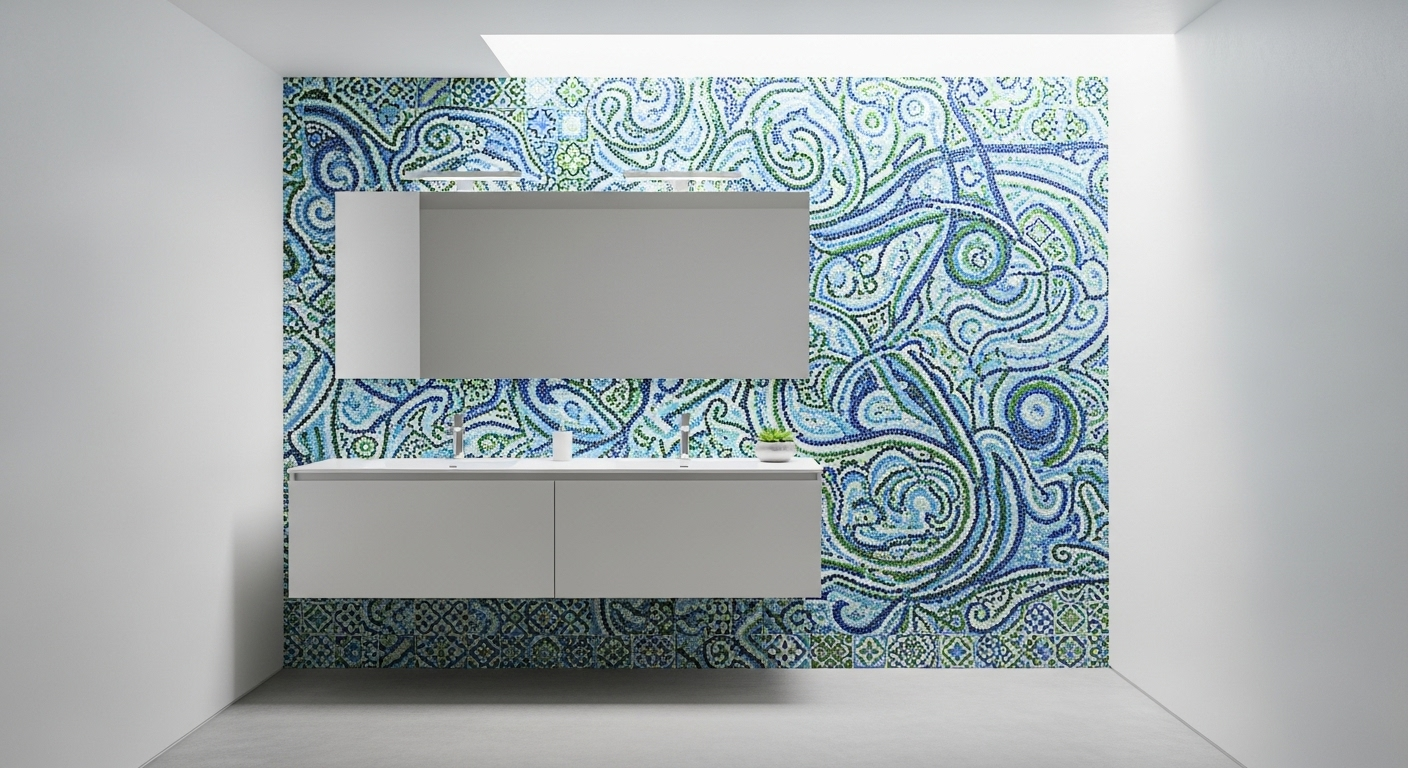Pioneering a Path: The Potential of Mixed-Use Real Estate Developments
In an ever-evolving real estate landscape, the concept of mixed-use developments is gaining momentum, altering the way we perceive urban living. This innovative approach to real estate development combines residential, commercial, cultural, and even institutional uses into a single, harmonious entity. But what makes this trend so captivating? Let's delve into the roots, current dynamics, and the impact of mixed-use developments on the world of real estate.

Unraveling the Concept of Mixed-Use Developments
In the past, zoning laws strictly segregated residential, commercial, and industrial properties, with each type of real estate standing in isolation. This led to sprawling cities and lengthy commutes. However, as urban growth intensified, the concept of mixed-use developments emerged as a viable and progressive solution. These developments combine residential, commercial, and often public spaces into one complex, promoting a close-knit community living experience, reducing commute times, and fostering a vibrant, interactive environment.
The Current Climate of Mixed-Use Real Estate
Today, mixed-use developments are not just urban trends; they are becoming an integral part of suburban and even rural landscapes. These developments help create dynamic neighborhoods by offering various amenities, including shopping centers, offices, restaurants, and recreational facilities, within walking distance of residential units. The convenience of having work, play, and live spaces in one area is a primary factor driving the popularity of mixed-use real estate.
Evaluating the Pros and Cons
Mixed-use developments bring many advantages. They promote walkability, reduce commute times, and foster a sense of community. Economically, these developments can potentially offer more stable returns as they diversify risk across different types of real estate. However, they also come with their set of challenges. They require significant initial investment, complex planning, and coordinated management. Furthermore, they may also lead to increased traffic and noise levels in residential areas.
Implications for Buyers, Sellers, and Investors
The appeal of mixed-use developments stretches across buyers, sellers, and investors. For buyers, these properties offer a unique blend of urban convenience and community living. Sellers, particularly developers, stand to benefit from the high demand these properties generate. Investors, on the other hand, can diversify their portfolio and potentially secure steady returns by investing in mixed-use real estate.
A Look at the Future
As urbanization continues to rise, and the demand for convenient, sustainable living increases, mixed-use developments are likely to become even more prevalent. With the potential to reshape our cities and redefine the way we live, work, and play, mixed-use developments are undoubtedly a real estate trend to watch.
Final Thoughts:
In a constantly changing real estate landscape, embracing new trends and understanding their implications is essential. Mixed-use developments are shaping the future of urban living, offering a unique blend of convenience, community, and sustainability. As we move forward, these developments are expected to play a pivotal role in the real estate market.





